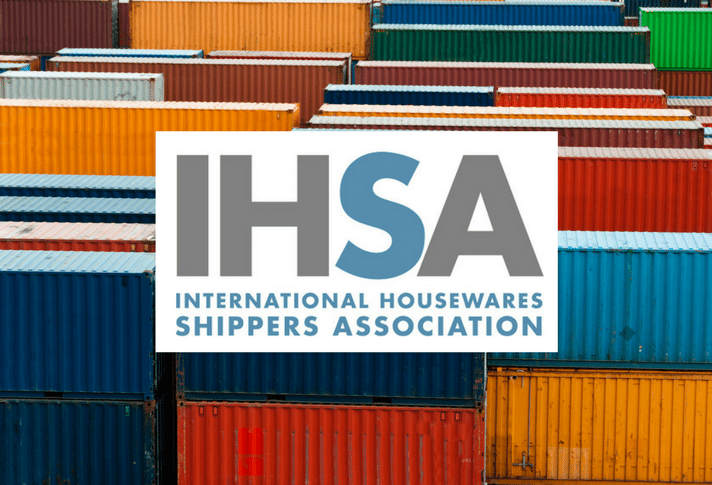Container ships sailing from China to the U.S. have remained full since Hanjin unexpectedly filed for bankruptcy at the end of August. Specific areas, such as Ningbo and Shanghai, are providing far greater challenges for shippers to secure space than the Southern China region. Ocean carriers have been actively rolling cargo from Shanghai and Ningbo for over a month. Some carriers are reporting utilization levels exceeding 125% from Ningbo.
So how can shippers protect themselves and ensure their cargo is loaded during these peak space crunches? There are several steps shippers can take. The most important tool shippers can use is container forecasting. Shippers that provide 4 to 6 week running forecasts are far less likely to encounter space issues than shippers that don’t provide a forecast. The more detailed information provided such as origin, destination, container size, volume and ship week all increase the chances your cargo will be loaded. Telling your carrier that you plan to move 10 containers from China over the next 6 weeks is not enough information to guarantee space during peak shipping periods.
Another step shippers can take is spreading out container volume between several ocean carriers. The phrase “don’t put all your eggs in one basket” couldn’t be more relevant considering the Hanjin situation. Shippers that relied 100% on Hanjin to move their cargo have been scrambling to find space. In most instances, the cost to secure this space has come at a very steep price for shippers.
Finally, it is important that shippers support their carriers on a year round basis. Carriers are much more inclined to provide space to shippers that support them during peak and non-peak shipping periods. Carriers are starting to push back against shippers that expect space during peak but abandon them for lower spot rates during non-peak periods. While some carriers may ultimately provide the space, the cost for the space will be at significant premium to the shipper.
The current market has been very difficult for shippers that rely primarily on the spot rate market to move their cargo. The Hanjin bankruptcy announced on August 31st was a game changer. On September 1st, spot rates spiked and space was suddenly a major issue. IHSA’s focus, which is driven by the members, is not the spot rate market. Stable contract rates and space protection during peak and non-peak shipping periods are an integral part of IHSA’s formula for success. IHSA’s management team works with members to develop forecasts, makes certain a good mix of carriers are available and provides support to carrier partners on a year round basis.
The International Housewares Shippers Association (IHSA) is a not-for-profit association formed to benefit companies belonging to the International Housewares Association (IHA). Through the combined leverage of members, IHSA negotiates freight contracts and partners with other logistics providers to lower supply chain costs.
IHSA’s main function is to negotiate the lowest possible transportation rates and provide the highest quality service for all participating members. Additionally, IHSA members receive valuable market intelligence and advice through regular newsletters and briefings.
IHA member companies looking to reduce their ocean freight costs or have questions about an ocean freight issue are encouraged to contact IHSA to learn about the program. Contact IHSA at +1-513-489-4743 and learn more on our website.




